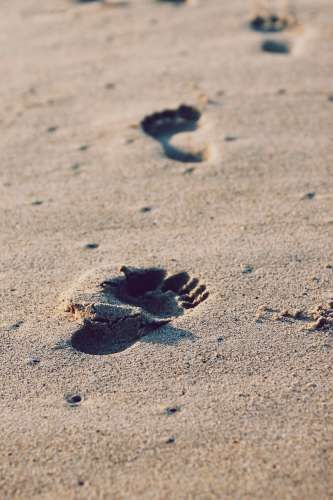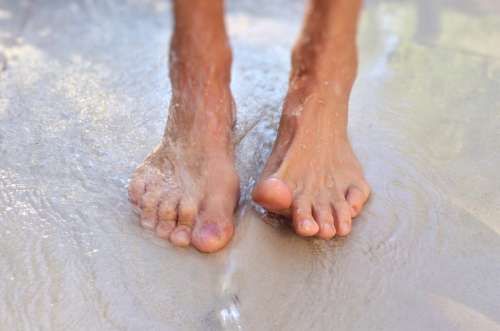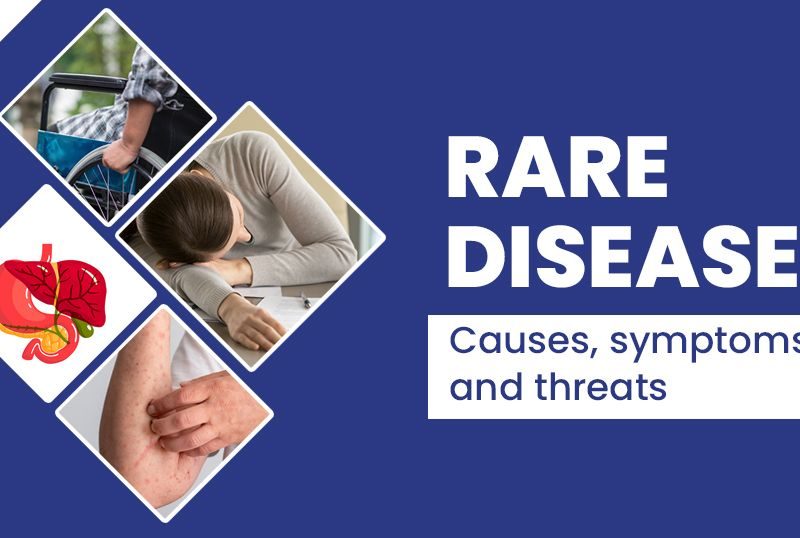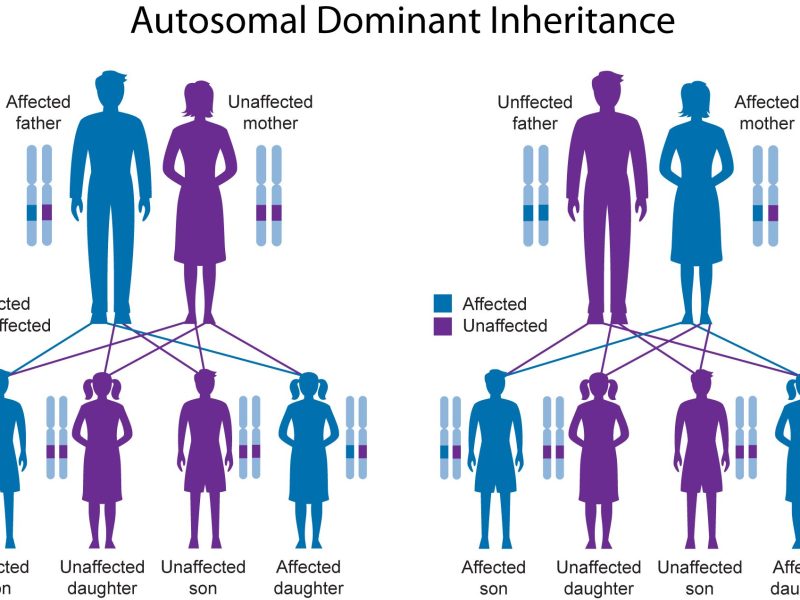Walking as a health factor
Many health complaints can be traced back to incorrect walking or gait. Including back pain, general posture problems, musculoskeletal injuries and more. Experts agree that regular walking is not only good for oxygen saturation in the blood, but also reduces stress and promotes thinking performance.
Why walking is so important and what has to be taken into account with regard to a healthy gait is discussed below.
©Wokandapix by pixabay.com
The human being and his urge to walk
The human body is built for movement and not for constant sitting, standing or lying down. Regular walking contributes significantly to health and is elementary for many bodily functions. Brain and all other organs benefit because they are optimally supplied with oxygen.
It has been scientifically proven that a walk of around 40 minutes helps to improve blood flow to several regions of the brain, increasing it by a third.
The memory and concentration performance increases even by up to 60 percent. People who take three long walks a week perform better on intelligence tests. This is what the University of Bremen found out. The reason are messenger substances, which are released by the central nervous system. These in turn optimize creativity, short-term memory, thinking performance and problem-solving ability.
Preventive effects in relation to Alzheimer’s disease, dementia and similar diseases of old age have also been demonstrated. Walking is also responsible for the growth of new nerve cells. Problems with the gall bladder, colon cancer, osteoporosis, cardiovascular disease and spinal damage are found significantly more often in inactive people than in active people. So there are plenty of reasons to integrate walking into your daily routine and make sure you get enough exercise every day.
The following table draws attention to the main positive effects of walking:
Joints
Due to the optimized blood circulation, the entire musculoskeletal system is protected from wear and tear. Back and intervertebral discs are massaged while walking. The muscle atrophy is slowed down.
Deacidification
Due to the increased exhalation of carbonic acid, the deacidification of the body increases. At the same time, oxygen uptake is increased and lung diseases are prevented.
Stress
Serotonin is released when walking. This is the feel-good hormone. Stress is reduced and mental balance is restored. The risk of suffering from burnout and depressive moods is reduced.
Digestion
It is stimulated by movement. The result: metabolic products are more easily eliminated and the overall lymph flow is improved.
Under-exertion of the feet results in atrophy of the muscles, which in turn results in loss of arch support. The development of hollow, splay or flat feet is then usually not long in coming.

©ashokorg0 by pixabay.com
Walking correctly – but how?
So that the regular walking does not have negative effects, the individual Gait to be carefully examined. The first step towards natural walking is healthy footwear. Because the optimal type of movement is useless if the footwear does not support it. That shoes with heels are not suitable should be clear to everyone by now. But which shoes should it be?
The answer is simple: a healthy shoe promotes the natural gait of the person and absorbs shocks as well as possible. The Footbed assumes a key role. This is a layer that lies underneath the inner sole and ideally increases comfort and cushions the step. A well-known brand that became famous for its adaptable footbed is Birkenstock. Thanks to the optimal distribution of pressure, even longer walks in these shoes are no problem.
Besides Birkenstock, there are of course many other products that meet the requirements for a healthy gait. The decisive factor is that the design allows for natural movements when walking. Modern barefoot shoes are particularly popular because they neither constrict nor promote an unhealthy rolling motion.

©Unsplash by pixabay.com
At second glance, however, there are several answers to the question of which gait is optimal. While some consider the heel gait to be useful, others are convinced of the ball gait. In case of doubt, an expert doctor should be consulted to examine the individual foot and discuss the further course of action with the patient.
Stance and gait
Before learning to walk healthily, the optimal stand be trained. The Far Eastern doctrine of the Tai-Chi is predestined for this. For the correct stance has an enormous significance in this respect. The balance is elementary, in order to be able to accomplish the partially fastidious exercises at all. If you have the chance, you should at least take a trial lesson in Tai-Chi. The basics of correct standing are usually taught directly at the beginning.
To get closer to the original walking again, barefoot walking is perfect. Because freed from shoes it is much easier for the body to implement the natural sequence of movements. Many experts advise 10.000 steps daily. If you don’t want to count them manually, you can get a fitness wristband with such a function or add a pedometer app to your smartphone.
Exercises for healthy feet
In order to keep the foot muscles intact and to support natural movement small exercises are built into the everyday life. The effect is sometimes striking. The health magazine vital.de explains some simple training units to actively challenge the muscles. The advice portal guter-rat.de has arranged six supplementary exercises, which are taken from the reference book “Gut zu Fuß ein Leben lang” by orthopedist Dr. Larsen originate.

©rotten77 by pixabay.com
Conclusion
After many years of walking in awkward shoes, many people fall into a highly unnatural gait pattern. In addition, there is a massive lack of movement. Not only the foot musculature threatens to atrophy thereby. The whole body suffers. To counteract this, there is no need to engage in competitive sports in the future. A daily walk is already an important step towards long-term health, as continuous activity promotes many bodily functions.


